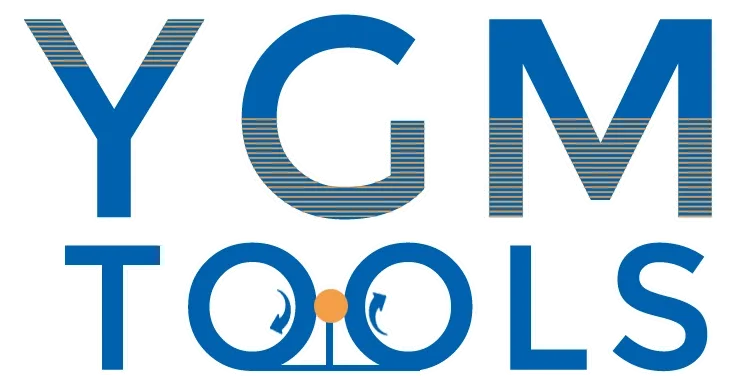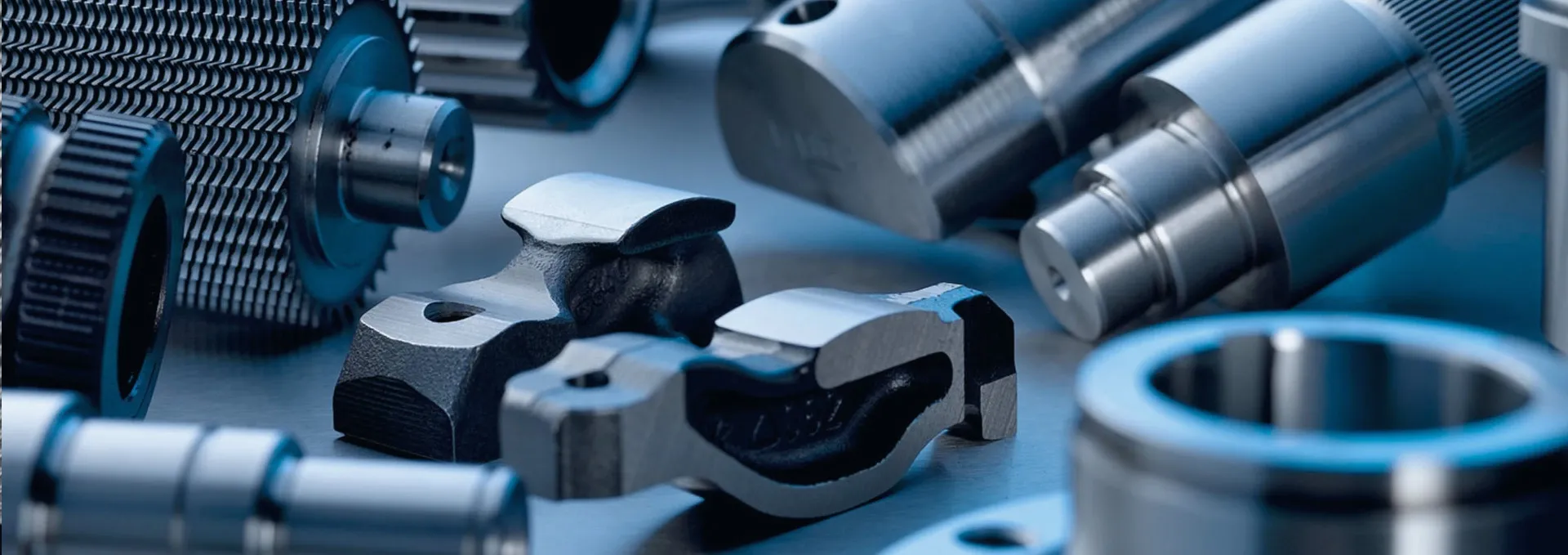Precision Thread Rolling Tools | Flat Die & Hydraulic Machines
Unlocking Precision: The Evolution and Application of Thread Rolling Technology in B2B Manufacturing
In the realm of advanced manufacturing, the integrity and precision of threaded components are paramount. From aerospace fasteners to critical automotive parts, the demand for threads that exhibit superior strength, fatigue resistance, and surface finish has driven significant innovation. At the heart of this innovation lies the thread rolling tool, a fundamental element in cold-forming technology that reshapes material rather than cutting it. This method offers distinct advantages over traditional thread cutting, leading to more robust and reliable threaded products crucial for modern industrial applications requiring unparalleled durability and performance.
Current Industry Trends in Thread Rolling Technology
The thread rolling industry is experiencing a rapid evolution, driven by the need for higher precision, greater efficiency, and adaptability to new materials. Key trends include the integration of advanced automation and robotics, enabling lights-out manufacturing and reducing labor costs. There's a growing emphasis on smart manufacturing, where machines are equipped with sensors for real-time monitoring of process parameters, ensuring consistent quality and facilitating predictive maintenance strategies.
Furthermore, the demand for processing exotic and high-strength alloys (e.g., titanium, Inconel, superalloys) for aerospace, medical, and energy applications is pushing the boundaries of thread rolling tool design and material science. Manufacturers are developing specialized solutions such as advanced flat die thread rolling machine and hydraulic thread rolling machine variants capable of handling these challenging materials with enhanced tool life and reduced cycle times. The move towards more sustainable manufacturing practices also sees energy-efficient small thread rolling machine designs gaining traction, reducing overall carbon footprints and operational costs while maintaining high output and precision.
Detailed Process Flow of Thread Rolling Tool Manufacturing
The manufacturing of a high-performance thread rolling tool is a complex, multi-stage process that demands precision at every step. It begins with selecting premium materials and culminates in rigorous testing to ensure optimal performance, longevity, and adherence to global standards.
1. Material Selection
High-speed steels (HSS) such as M2, M42, or advanced powder metallurgy steels like ASP 23 are commonly chosen for their exceptional hardness, wear resistance, and toughness. For specialized applications demanding extreme longevity or the processing of very hard or abrasive materials, solid carbide inserts or carbide-tipped tools are utilized. The selection criterion is heavily dependent on the workpiece material to be threaded, the required tool life, and the specific thread profile complexity.
2. Blank Preparation
- Forging: For robust tool blanks, forging provides excellent grain structure and density, significantly enhancing the tool's inherent strength, ductility, and fatigue resistance, which are critical for high-stress applications.
- Casting/Sintering: For intricate geometries or specific alloy compositions, particularly with powder metallurgy steels, casting or sintering processes (often followed by Hot Isostatic Pressing - HIP) are employed. This approach creates near-net-shape blanks, minimizing subsequent machining and ensuring uniform material properties.
- Hot Isostatic Pressing (HIP): For powder metallurgy materials, HIP is frequently used to eliminate internal porosity, significantly improving material homogeneity, mechanical properties, and ultimately, tool reliability.
3. CNC Machining and Grinding
Precision CNC milling and grinding machines are used to shape the tool blank to its final geometry, including the intricate thread profile. Advanced multi-axis grinding ensures the exact tooth form, helix angle, and lead are achieved with micron-level accuracy. The surface finish at this stage is absolutely critical, as it directly influences the quality of the rolled thread and the longevity of the tool itself. State-of-the-art grinding techniques are employed to maintain sharpness and precision.
4. Heat Treatment
A meticulously controlled heat treatment process, including hardening, quenching, and multiple tempering stages, is essential to achieve the desired balance of hardness, toughness, and dimensional stability for the tool. This process enhances wear resistance and prevents brittle fracture. Vacuum heat treatment is often preferred to prevent surface decarburization, oxidation, and minimize distortion, ensuring the integrity of the tool's cutting edge.
5. Surface Treatment/Coating
To further extend service life, reduce friction, and enhance material release, tools often undergo advanced surface treatments. Physical Vapor Deposition (PVD) or Chemical Vapor Deposition (CVD) coatings (e.g., TiN, TiCN, AlTiN, or specialized nanocomposite coatings) are applied. These create an extremely hard, lubricious outer layer that significantly improves wear resistance, reduces galling, and allows for higher rolling speeds and feeds, particularly when working with challenging materials.
6. Quality Control and Testing Standards
Every thread rolling tool undergoes stringent multi-stage quality control. Dimensional accuracy is verified using sophisticated metrology equipment such as optical comparators, CMMs (Coordinate Measuring Machines), and specialized thread profile measurement equipment (e.g., laser scanners). Hardness testing (e.g., Rockwell, Vickers) confirms proper heat treatment. Adherence to international standards such as ISO 965 (ISO general purpose metric screw threads – Tolerances), ANSI B1.1 (Unified Inch Screw Threads), and DIN 13 (Metric ISO threads) is mandatory to ensure interoperability, consistent performance, and compliance with industry specifications.
Service Life: A well-manufactured and properly utilized tool can achieve hundreds of thousands to millions of cycles, depending on the workpiece material, rolling speed, effective lubrication, and tool maintenance regimens. Factors such as thread profile, material hardness, and the presence of advanced surface coatings directly impact tool longevity and total cost of ownership.
Target Industries and Advantages:
These tools are indispensable across a wide range of demanding sectors:
- Petrochemical: For high-pressure pipe connections, flanges, and corrosion-resistant fasteners where thread integrity and leak prevention are critical in harsh environments.
- Metallurgy: Producing fasteners and components for heavy machinery, structural applications, and mining equipment, requiring robust and durable threads.
- Water Supply & Drainage: Ensuring robust, leak-proof connections for critical infrastructure, including large diameter pipes and fittings, leveraging superior thread quality for reduced maintenance.
- Automotive & Aerospace: Manufacturing high-strength bolts, studs, and specialized components for safety-critical assemblies, leveraging advantages like enhanced fatigue resistance and material savings from cold forming.
- Energy Sector: For components requiring energy saving in production due to the chipless nature of cold forming, and superior corrosion resistance in harsh operational environments (e.g., offshore platforms, nuclear facilities).
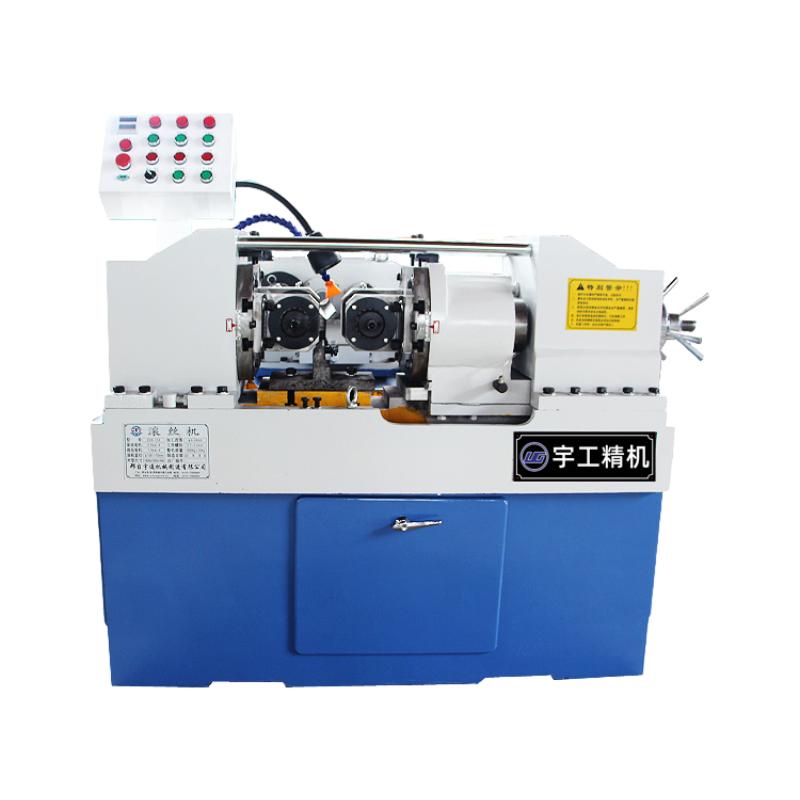
Figure 1: High-precision manufacturing and quality assurance of a thread rolling tool.
Technical Specifications & Performance Parameters
Understanding the key technical specifications of a thread rolling tool is vital for selecting the right equipment for a specific application. These parameters directly influence the quality, strength, and consistency of the rolled threads, and ultimately, the performance of the end product.
Typical Product Specifications (Automatic Nut and Bolt Threading Rod Thread Rolling Machine)
| Parameter | Value/Range | Unit |
|---|---|---|
| Rolling Diameter Range | 2 - 40 | mm |
| Thread Pitch Range | 0.4 - 4.5 | mm |
| Max. Rolling Length | 150 - 300 (depending on model) | mm |
| Rolling Force | 5 - 30 | tons |
| Spindle Speed | 20 - 60 | RPM |
| Motor Power | 5.5 - 15 | kW |
| Machine Dimensions (LxWxH) | 1500x1200x1800 (avg.) | mm |
| Weight | 1500 - 4500 (depending on model) | kg |
| Thread Profile Accuracy | ISO 6g, 6H | Tolerance Grade |
| Material Hardness (Max) | 32 HRC (approx. 320 HB) | Hardness |
These specifications highlight the robust capabilities of modern thread rolling machines to produce a wide range of threaded fasteners with high precision and efficiency. The precise interaction between the machine's force application, spindle speed, and the specific thread rolling tool design determines the final product quality, consistency, and overall operational output.
Diverse Application Scenarios
Thread rolling technology is indispensable across countless industrial applications, providing superior threads for critical components where reliability and strength are paramount. Its versatility extends from producing high-volume standard fasteners to highly specialized parts requiring extreme precision.
- Automotive Industry: Manufacturing high-strength bolts, studs, and specialized components for engines, chassis, wheel assemblies, and safety systems. The cold-formed threads offer enhanced fatigue life crucial for vehicle reliability and compliance with stringent safety standards.
- Aerospace Industry: Production of lightweight, high-performance fasteners from exotic alloys (e.g., titanium, Inconel). The improved grain flow and surface integrity from rolling are vital for aerospace components subjected to extreme stresses, temperature variations, and vibration.
- Construction and Infrastructure: Rolling rebar threads for structural connections, anchor bolts, foundation bolts, and various threaded rods. This application demands high throughput, consistency, and the ability to handle large diameters for heavy-duty structural integrity.
- Medical Devices: Producing precision threads for surgical instruments, implants, bone screws, and prosthetics, where extremely tight tolerances, superior surface finish, and biocompatible material handling are absolutely critical for patient safety and device functionality.
- Hydraulic & Pneumatic Systems: Manufacturing pipe threads, fittings, and connectors that require excellent seal integrity and resistance to high pressures. The smooth, burnished surface from rolling minimizes leak paths and enhances resistance to environmental degradation.
- Electronics & Appliances: Creating small, precise threads for intricate components within electronic devices and consumer appliances, often produced by small thread rolling machine setups that prioritize accuracy, fine pitch control, and cost-efficiency for high-volume consumer goods.
In each scenario, the judicious choice of the appropriate thread rolling machine (e.g., a high-capacity flat die thread rolling machine for standard fasteners or a specialized hydraulic thread rolling machine for large, high-strength parts) and the specific thread rolling tool design are meticulously tailored to meet unique performance and production requirements, optimizing both quality and efficiency.
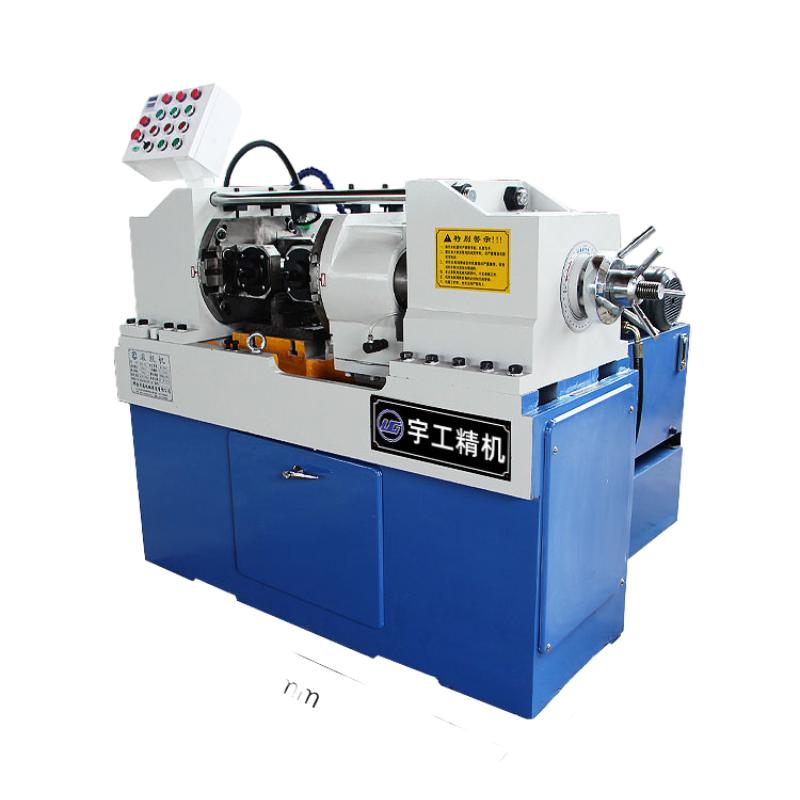
Figure 2: Diverse applications facilitated by advanced thread rolling technology across various industries.
Technical Advantages of Modern Thread Rolling
The cold-forming process of thread rolling offers a multitude of technical advantages over traditional thread cutting or grinding methods, making it the preferred choice for high-integrity threaded components in demanding applications:
- Superior Thread Strength: Cold forming rearranges the material's grain structure to follow the thread contours, resulting in unbroken, continuous grain flow. This metallurgical advantage significantly enhances the tensile strength, shear strength, and overall robustness of the threads compared to cut threads where grain flow is interrupted.
- Enhanced Fatigue Resistance: The cold working process induces compressive residual stresses on the thread flanks and root. These beneficial compressive stresses counteract applied tensile stresses during operation, drastically improving the fatigue life of the threaded component. This is particularly critical in dynamic load applications found in aerospace and automotive sectors.
- Improved Surface Finish: The rolling process produces a smooth, burnished thread surface free from tears, chatter marks, burrs, or micro-cracks common in cut threads. This superior surface finish reduces friction during assembly, minimizes stress concentrations, and enhances corrosion resistance. Typical surface finishes (Ra values) are significantly lower than cut threads.
- Material Conservation: Thread rolling is a chipless process; it deforms the material rather than removing it. This leads to efficient material utilization, as no material is wasted in chips, contributing to significant cost savings in raw materials and reduced waste disposal, aligning with sustainable manufacturing practices.
- Increased Hardness and Wear Resistance: The cold work hardening effect increases the surface hardness of the thread, improving its resistance to wear and abrasion. This is particularly beneficial for threads subjected to frequent assembly/disassembly, high contact pressures, or those requiring extended service intervals.
- High Production Rates: Thread rolling machines are capable of very high production speeds, making them ideal for mass production of fasteners and threaded components. Modern automatic machines can produce thousands of threaded parts per hour, leading to significant cost reductions per unit and increased throughput.
- Consistent Quality: Once the thread rolling tool and machine parameters are accurately set up, the process offers exceptional repeatability and consistent thread quality from part to part. This significantly reduces scrap rates, ensures dimensional accuracy, and minimizes the need for post-processing quality checks.
Vendor Comparison: Thread Rolling Machine Types
Choosing the right thread rolling machine is a critical decision that depends on production volume, workpiece material characteristics, required thread specifications, and overall budget. Here's a comparative analysis of common machine types to guide informed procurement decisions:
| Feature | Flat Die Thread Rolling Machine | Hydraulic Thread Rolling Machine (Two/Three Roll) | Small Thread Rolling Machine (Benchtop/Compact) |
|---|---|---|---|
| Operation Principle | Utilizes two reciprocating flat dies (one stationary, one moving) that roll the workpiece between them to form the thread. | Employs two or three cylindrical dies that rotate, feeding the workpiece axially (through-feed) or radially (in-feed) to form the thread. Hydraulic actuation provides precise force control. | Typically a smaller scale two-roll or compact flat die system, designed for limited space and specialized tasks. |
| Production Volume | Very High (Optimized for mass production of standard fasteners and high-volume runs). | High (Flexible for varying batch sizes, continuous rolling of long parts, and complex thread geometries). | Low to Medium (Ideal for prototyping, small batch production, specialized components, or educational purposes). |
| Workpiece Size/Length | Suitable for short to medium length, headed fasteners (e.g., bolts, screws). | Excellent for long rods, continuous rolling applications, and large diameter components. Can handle heavier workpieces. | Primarily for small diameters and short lengths, precision parts. |
| Thread Types & Versatility | Limited primarily to external threads with standard profiles (e.g., ISO metric, Unified). | Highly versatile; can produce external and internal threads (with special tooling), fine pitches, coarse pitches, ACME threads, worm threads, and other complex profiles. | External threads, typically standard metric or inch profiles, for small-scale applications. |
| Complexity/Setup | Relatively straightforward setup for high-volume, dedicated production. Die change can be time-consuming for different threads. | More complex initial setup due to advanced controls and versatility, but offers greater flexibility and precise process control via hydraulic systems. Quick changeover with pre-set tooling. | Simple to operate, quick changeovers for small batch production. |
| Cost (Initial Investment) | Moderate to High, depending on automation and capacity. | High (Due to advanced hydraulic systems, robust construction, and high precision engineering). | Low to Moderate (Cost-effective for niche applications or lower volume requirements). |
| Ideal Application | Automotive fasteners, general construction bolts, appliance screws – where high volume and standardization are key. | Aerospace fasteners, heavy machinery components, long threaded rods (e.g., rebar), large diameter threads, high-precision special parts. | Medical screws, electronic connectors, delicate precision components, educational labs. |
This comprehensive comparison underscores that while a flat die thread rolling machine excels in high-volume, standardized production, a hydraulic thread rolling machine offers unparalleled versatility and precision for specialized or large-scale components, and a small thread rolling machine fills the niche for precision at a compact scale. The optimal choice is always aligned with specific production goals and engineering requirements.

Figure 3: Illustrating different types of thread rolling machines for various industrial scales.
Customized Solutions and Engineering Expertise
Beyond standard offerings, many industrial applications require bespoke solutions tailored to unique production challenges. This is where advanced engineering and customization play a pivotal role in maximizing efficiency and product performance. A reputable vendor of thread rolling tool systems will offer comprehensive consultation, design, and manufacturing services to meet these unique client needs.
- Special Thread Profiles: Designing and manufacturing custom dies for non-standard thread forms, such as unique buttress threads, multi-start threads for rapid actuation, fine-pitch medical threads, or specialized worm gears for specific power transmission requirements.
- Exotic Material Compatibility: Developing tools and processes specifically optimized for challenging materials like superalloys (e.g., Inconel 718, Haynes 282), high-strength titanium alloys, high-nickel alloys, or specialized composite materials. This often requires custom tool geometry, material selection, advanced coatings, and precise rolling techniques.
- Integrated Production Lines: Engineering thread rolling machines to seamlessly integrate into existing automated production lines. This includes custom automated feeding, loading, and unloading systems, robotic handlers, and in-line inspection systems to create a fully optimized manufacturing cell.
- Specific Performance Requirements: Tailoring solutions to achieve specific fatigue life targets, extreme corrosion resistance (e.g., using specialized stainless steel tools or advanced coatings), or to operate reliably under unusual environmental conditions such as high temperatures or chemical exposure.
This level of dedicated customization ensures that even the most demanding manufacturing challenges can be addressed with unparalleled precision, efficiency, and engineering foresight, maximizing productivity and enhancing product performance for our discerning clients.
Application Case Studies: Real-World Impact
Case Study 1: High-Strength Fasteners for Automotive Chassis
A leading automotive manufacturer approached us with a critical requirement for producing high-strength, fatigue-resistant bolts for their new generation of lightweight chassis assemblies. Traditional thread cutting methods resulted in unacceptable fatigue life inconsistencies and significant material waste. By implementing an advanced thread rolling tool system integrated into a high-capacity hydraulic thread rolling machine, the client achieved a documented 30% increase in fatigue strength compared to their previous cut threads. The chipless cold-forming process also eliminated material waste, leading to a 15% reduction in raw material costs and an increase in production speed by 40%, ultimately meeting stringent automotive safety standards and high-volume demands simultaneously.
Case Study 2: Precision Threads for Aerospace Control Rods
An aerospace supplier specializing in flight control systems needed to produce highly precise, small-diameter threaded control rods from a difficult-to-machine titanium alloy. The dimensional accuracy, surface integrity, and consistency were absolutely critical for flight safety and performance. A specialized small thread rolling machine, custom-fitted with bespoke carbide dies and a high-precision feeding mechanism, was deployed. This optimized setup consistently produced threads with an exacting ISO 6g tolerance grade and a superior surface finish better than Ra 0.8 μm. This minimized stress concentrators and maximized component reliability under the extreme operational conditions of aerospace environments, successfully passing rigorous aerospace certification tests for fatigue and tensile strength.
Ensuring Trust and Authority: Our Commitment to EEAT Standards
Our dedication to engineering excellence and customer satisfaction is built on robust foundations of Expertise, Experience, Authoritativeness, and Trustworthiness. We ensure that every solution, from a simple die to a complex flat die thread rolling machine system, meets and often exceeds the highest industry benchmarks.
- Certifications and Compliance: Our manufacturing processes adhere strictly to international quality management standards, including ISO 9001. All our products are meticulously designed, manufactured, and tested to comply with relevant industry specifications such as ANSI, DIN, JIS, and other regional standards, ensuring global compatibility and unwavering reliability.
- Expert Team: With decades of collective experience in mechanical engineering, metallurgy, automation, and precision tooling, our team of dedicated experts provides unparalleled technical support, innovative design solutions, and deep industry insights. Our engineers are continuously trained on the latest advancements in thread rolling technology.
- Partner Clients: We proudly serve a diverse and extensive portfolio of leading global manufacturers across the automotive, aerospace, petrochemical, construction, and medical device sectors, boasting a robust track record of successful long-term partnerships and repeat business built on trust and consistent performance.
- Rigorous Testing: All thread rolling tool components and complete machines undergo comprehensive factory acceptance testing (FAT), extensive performance validation, and real-world application simulations, often exceeding baseline industry standards to guarantee optimal functionality and durability in challenging production environments.
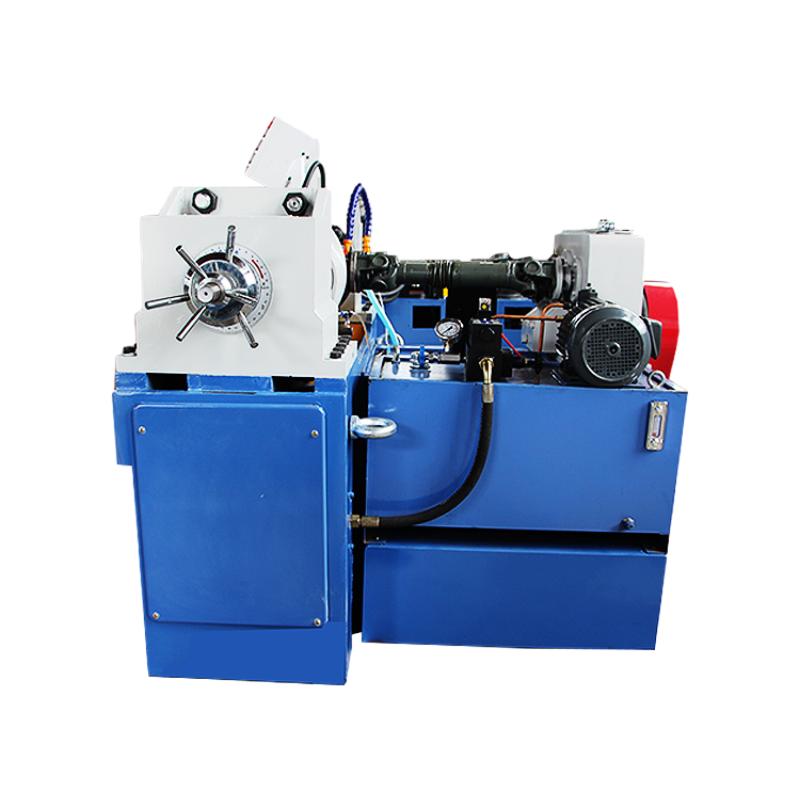
Figure 4: Commitment to quality and precision in every thread rolling tool and machine.
Frequently Asked Questions (FAQ)
Q1: What is the primary advantage of thread rolling over thread cutting?
A1: Thread rolling offers significantly superior thread strength and fatigue resistance due to cold work hardening and continuous grain flow. It also produces a smoother, burnished surface finish and is a chipless, material-efficient process, leading to enhanced component integrity and reduced material waste compared to thread cutting.
Q2: Can thread rolling be used for all types of materials?
A2: Thread rolling is best suited for ductile materials capable of plastic deformation. While it can process a wide range of materials, including various steels (mild to high-alloy), aluminum, brass, bronze, and even some stainless steels and titanium alloys, extremely hard or brittle materials are generally not ideal for cold forming. Material ductility is a key factor.
Q3: How do I select the correct thread rolling tool and machine for my specific application?
A3: Selection depends on several critical factors: the workpiece material to be rolled (its properties and hardness), the desired thread profile (pitch, major diameter, tolerance class), required production volume (e.g., mass production for flat die thread rolling machine vs. flexibility for hydraulic thread rolling machine), and compatibility with existing machinery. Consulting with our experienced engineering team is highly recommended for optimal tool and machine selection and design.
Q4: What is the typical lead time for a customized thread rolling solution?
A4: Lead times for customized thread rolling solutions vary significantly based on the complexity of the design, specific material requirements, and current production schedules. Standard thread rolling machines typically have a lead time of 8-12 weeks, while custom dies or integrated systems may require 12-20 weeks from the finalization of design specifications to delivery. We always provide detailed and transparent lead time estimates with each project proposal.
Lead Time, Warranty, and Customer Support
We understand that prompt delivery, robust warranty commitments, and reliable post-sales support are crucial factors for our B2B clients in maintaining continuous and efficient operations.
- Fulfillment & Lead Time: Our manufacturing and logistics processes are meticulously streamlined to ensure efficient production and timely delivery. Standard machines typically ship within 8-12 weeks, with custom solutions requiring a project-specific timeline, usually 12-20 weeks following final design approval. We maintain transparent communication and provide regular updates throughout the entire order fulfillment process to ensure project deadlines are met.
- Warranty Commitment: All our thread rolling machines and associated tools come with a standard 12-month warranty, meticulously covering manufacturing defects and material failures under normal operating conditions and recommended usage. Extended warranty options are available for comprehensive and prolonged peace of mind, tailored to client needs.
- Customer Support: Our dedicated customer support team and extensive network of highly skilled service engineers are readily available to provide comprehensive technical assistance, expert troubleshooting, and proactive maintenance support. We offer remote diagnostics, on-site service (where applicable and feasible), and comprehensive training programs designed for your operators and maintenance staff. A robust inventory of spare parts is maintained to ensure rapid availability and minimize any potential downtime, ensuring continuous operational efficiency.
Conclusion
The strategic adoption of advanced thread rolling technology, centered around the high-performance thread rolling tool, is a definitive step towards achieving superior product quality, enhanced operational efficiency, and substantial cost savings in modern, high-precision manufacturing. By continuously pushing the boundaries of material science, machine precision, and automation, we empower industries to produce fasteners and threaded components that not only meet but consistently exceed the most rigorous demands of performance, reliability, and longevity. Investing in the right thread rolling solution is a critical investment in the future integrity, success, and competitive advantage of your products and manufacturing operations.
References
- Manufacturing Engineering & Technology. (2020). Society of Manufacturing Engineers.
- ASM Handbook, Volume 14A: Metalworking: Bulk Forming. (2005). ASM International.
- ISO 965: ISO general purpose metric screw threads — Tolerances. International Organization for Standardization.
- Kalpakjian, S., & Schmid, S. R. (2014). Manufacturing Processes for Engineering Materials (5th ed.). Pearson.
- Research & Markets. (2023). Global Thread Rolling Machine Market Report.
